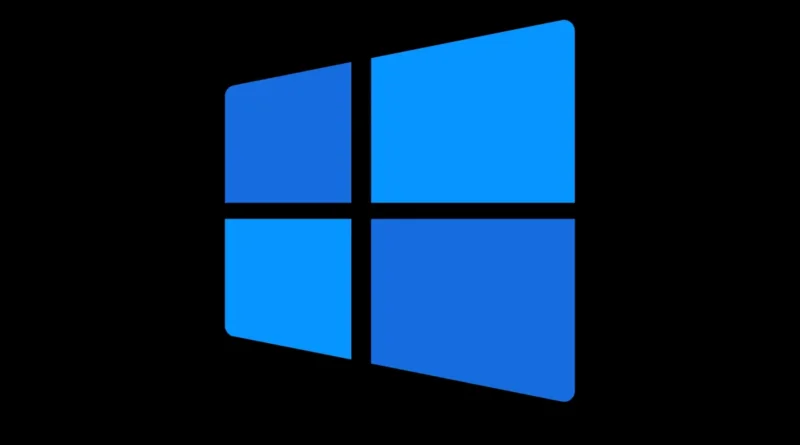Fix Windows 11 Slow Startup
How to Speed Up Windows 11 Startup
Compared to its predecessor Windows 10, Windows 11 may feel a bit sluggish at startup. Even after tweaking visual settings to match the speed of Windows 10, you might still encounter a slow startup. We understand the frustration it brings, but don’t worry, there are several simple tweaks you can make to speed up the process. Just like Windows 10, Windows 11 offers options to adjust startup settings to improve boot time. In this guide, we’ll walk you through some effective methods to fix a slow startup on Windows 11.
Common Causes of Slow Startup on Windows 11
Several factors could contribute to a slow startup on Windows 11. Here are some common ones:
- Low Disk Space: Insufficient storage on your system can hamper startup speed.
- System File Issues: Problems with system files or the Windows installation itself can cause delays.
- Outdated OS: Running an outdated version of Windows 11 may lead to slow startups.
- Excessive Startup Apps: Too many third-party applications launching during startup can bog down the system.
- Hard Disk Problems: Issues with your hard disk can significantly impact boot times.
Effective Solutions to Fix Windows 11 Slow Startup
Here are some practical methods to address slow startup issues on Windows 11:
1. Disable Startup Apps
Startup apps can significantly affect boot times. To disable unnecessary startup apps:
- Open Task Manager by searching for it in Windows.
- Switch to the Startup tab.
- Right-click on apps you don’t need at startup and select “Disable.”
2. Enable Fast Startup Mode
Fast Startup mode can expedite the boot process. Here’s how to enable it:
- Open Control Panel from the Windows search.
- Navigate to “System and Security” > “Power Options.”
- Click on “Choose what the power buttons do.”
- Select “Change settings that are currently unavailable.”
- Under “Shutdown settings,” enable “Turn on fast Startup” and save changes.
READ MORE: WhatsApp Introduce file sharing without internet
3. Perform a Clean Boot
A clean boot can help identify if third-party programs are causing slowdowns:
- Press the Windows Key + R, then type “msconfig.msc” and hit Enter.
- In the System Configuration window, switch to the Services tab.
- Check “Hide all Microsoft services” and click “Disable All.”
- In Task Manager, disable startup apps.
- Click “OK” and restart your PC.
READ MORE: Windows Graphics Card Not Detected
4. Turn Off Visual Effects
Disabling visual effects can alleviate startup delays, especially on less powerful PCs:
- Search for “Advanced System Settings” in Windows and open it.
- Navigate to the “Advanced” tab and click on “Settings” under Performance.
- Choose “Adjust for best performance” and click “Apply.”
By following these steps, you can optimize your Windows 11 startup experience and enjoy quicker boot times.
